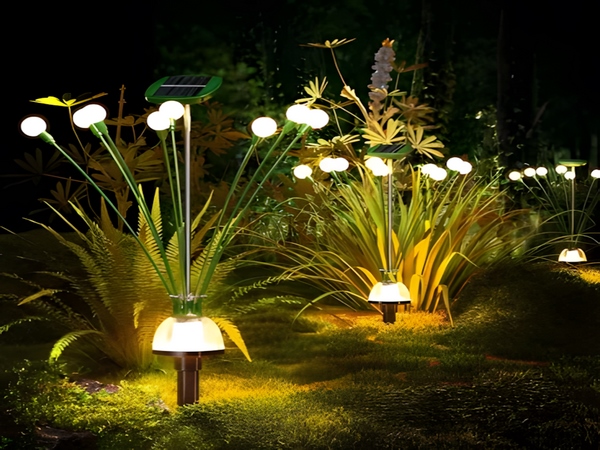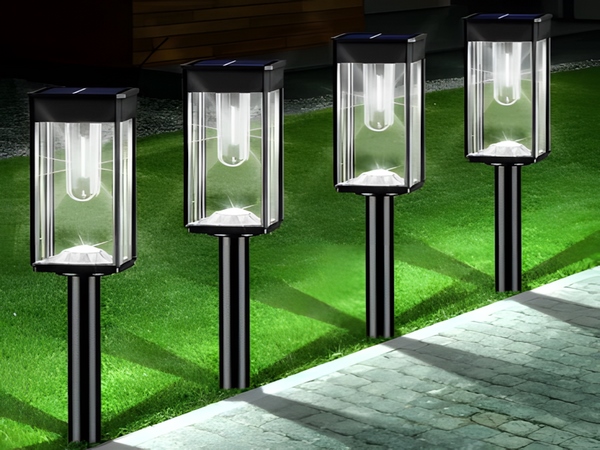
Nowadays, rural areas often feature self-built houses similar to country villas. Traditional lighting is both troublesome and expensive. The emergence of solar street lights perfectly addresses these issues. They require no wiring, charge during the day, and discharge for lighting at night, making them convenient and cost-effective. However, after purchasing solar street lights, installation is necessary for use. Many users are not familiar with this process, so below are the installation instructions for solar street lights.
Installation Instructions for Solar Street Lights:
1. Secure the foundation frame to ensure that the solar street light’s base and foundation are level, which means monitoring both horizontal and vertical measurements at the top. The embedded foundation concrete must be dense to prevent air bubbles in the concrete.

2. Use plastic tubes or seals at the embedded pipe openings to prevent concrete from entering the pipe during pouring, which could block the embedded pipe. The foundation should be 5 to 10 millimeters higher than the ground after pouring, and the concrete should cure to achieve sufficient strength.
3. The solar street light pole must be grounded, with a ground resistance of less than 5 ohms. Each pole’s specifications should be determined based on the specific conditions at the installation site.

4. Installation requirements: (1) Installation must be secure; (2) The pole must be perpendicular to the centerline of the imaging surface; the angle between the pole’s central point and the two mounting holes should be parallel to the road. On-site measurements should be taken to estimate quantities. First, lay a C20 concrete substrate for the foundation, use fine sand for backfill and compacting, and restore the road based on actual conditions. The pole should be made of galvanized steel, and any exposed cables (not overhead) should be protected by galvanized steel.
The above instructions for installing solar street lights conclude our sharing. Solar street lights operate by converting solar energy into electricity through solar panels, making them advantageous by fully utilizing solar resources to alleviate energy shortages. They provide solutions to meet people’s living needs without compromising quality.



